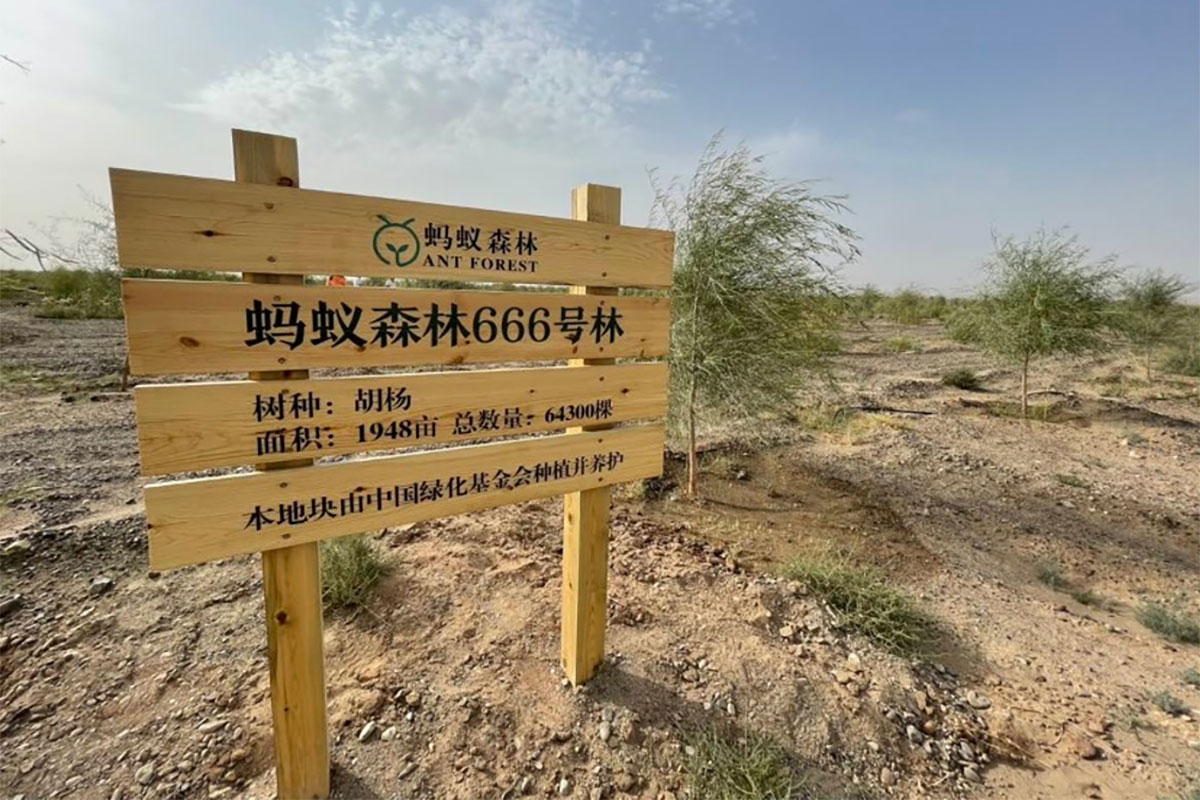In today’s interconnected global village, integrating ESG principles into business practices is crucial for combating climate change. The 2015 Paris Agreement gave rise to the ESG narrative and provided countries and companies a framework to assess and manage climate change risks; however, these targets are not legally binding and rely on self-regulated commitments. Recently, the annual COP28 conference officially got underway Thursday with a focus on climate issues ,brings together thousands of leaders from around the world, including top government and business officials, scientists and activists.
Large and small companies are looking for ways to participate, partly for the goodwill of public opinion and partly from the regulatory pressures to implement changes. However, technology companies, in their pursuit to embed ESG within their operations, encounter skepticism about the real impact of their efforts, the complexities of diverse regulatory environments, and accusations ranging from greenwashing to misalignment with core business operations.

Boosting Conservation through Technology
Despite these challenges, a wave of optimism is emerging, bolstered by many leading companies’ extensive commitment and innovative projects. Microsoft and Google’s ambitious ESG initiatives range from restoring native habitats to significantly reducing carbon emissions. Google’s ESG efforts, for example, are as ambitious as they are specific in scope: from restoring 44 acres of native habitat on its Bay Area campus to reducing 1.2 million metric tons of carbon emissions enabled by Google Maps eco-friendly routing. For instance, Microsoft’s Climate Innovation Fund and its investments in sustainable solutions directly respond to the growing demand for corporate participation. These projects are not isolated but rather a part of a more significant global trend shaped by data, policy-making organizations, and Google’s learnings.
As the world struggles to meet the Paris Agreement’s goal of keeping warming under 1.5° Celsius, urgent climate action and concrete plans must cascade from the top.
ESG plays a significant role in this, and to get back on track, a substantial reduction in emissions—to 57% of 2010’s level—is required by 2030. Water conservation is a theme adopted by several large technology companies. Microsoft plans to become carbon-negative by 2030 and eliminate its historical carbon emissions by 2050. This effort is partly through its water replenishment projects, which are estimated to provide more than 15.6 million cubic meters of volumetric water benefits. They have also provided clean water and sanitation solutions to over 850,000 people in Brazil, India, Indonesia, and Mexico.
Google’s Water Replenishment efforts are also ongoing. By the end of 2022, Google’s watershed projects replenished 271 million gallons of water. Ant Group takes a different approach to environmental conservation. Over 650 million users participated in green and low-carbon activities through Alipay Ant Forest, where an actual tree is planted when this virtual energy “grows” a digital tree. Through the Alipay Ant Forest initiative, 400 million trees have been planted, and over 2,700 square kilometers of public conservation areas have been protected.

The “S” in ESG—empowering social impact with Tools
Social impact is another area of how these technology companies will fulfill their ESG promises. For Google, the approach involves empowering individuals with tools for action, collaborating with partners, and operating sustainably. These pillars guide not only Google but serve as the guiding principles for many tech companies with global impact and resources.
Ant Group, a significant player in digital financial services globally, is actively working toward its ESG commitments and supporting SMEs in the digital era. Since 2018, in collaboration with the International Finance Corporation (IFC) of the World Bank Group, Ant Group has launched the 10×1000 Tech for Inclusion program. This program aims to train 10,000 tech leaders in emerging markets within a decade, enhancing local digital economies.
Over four years, the 10×1000 program has involved over 6,000 participants from 92 countries, focusing on practical skills to scale similar initiatives at the community level. Notably, over 30% of participants are women. The program also supports small and micro enterprises in overlooked regions, contributing to their digital transformation.
Yet, the journey towards effective ESG integration is complex. Companies are scrutinizing their operations to align them with ESG principles. Addressing criticisms such as misaligned efforts or insufficient focus on key sustainability challenges, like carbon footprint or electronic waste, is crucial. Demands from investors and policymakers for greater transparency and accountability are increasing, especially with climate-related disclosures and reporting requirements.
Companies are endeavoring ambitious paths to create sustainable solutions. These efforts extend to supporting underserved communities. In China’s Shaanxi Province, a group of women in a rural county called Yijun have successfully sold their handmade hairnets to Hollywood. Small and micro-sized enterprises (SMEs) participating in the global hairnet trade can sell their products worldwide through a single account with WorldFirst’s “Global Voyage Program.” These enterprises can receive payments in 10 commonly used currencies worldwide on over 100 e-commerce platforms, solving a previously monumental hurdle to sell and process payments.
Before the days of fintech innovation, these female makers and entrepreneurs could not have been able to participate in international trade. The barrier to entry was not only much higher, but the cost of doing business was also prohibitive. Companies like Alipay have contributed to lowering business costs and faster turnover of funds; integration into the global value chain is possible and seamless.
Governance with a vision for greater impact
Creating standards can help scale in the long run. In its ESG annual report, Microsoft emphasizes the importance of digital inclusion and commits to enhancing global access to technology and digital skills. In China, the first national financial group standard – specification for Micro and small enterprise greenness assessment was created to support the green and sustainable development of SMEs in China. This standard clarifies the principles and procedures for the green evaluation of small and micro enterprises, enabling financial institutions to assess the actual contributions made by these enterprises to environmental protection. These efforts build a bridge between green finance and inclusive finance. Ant Group was crucial in creating the standards and executing its version of inclusive finance initiatives.
In 2015, Google developed a set of Principles of Climate Resilience, which support its definition of climate risk and resilience. From there, Google created a framework prioritizing the impact on people, including communities, users, and Googlers. Like Google, Ant Group is also working toward building standards. Ant’s ESG Sustainable Development Committee and Advisory Committee operates under its Board of Directors, providing strategic, directional, and scientific guidance. It has incorporated 19 key ESG issues into its daily operations, with each business president and critical staff tasked with setting specific targets and performance indicators. This framework ensures the integration of sustainable development into the company’s core business practices.
Part of setting standards is also about deriving patterns and learning. Ant participated in formulating and releasing the first Green Evaluation Standards for Small and Micro Enterprises in China, with a total of 6.23 million small and micro enterprises completing green rating evaluations. Ant provided preferential green loans to 420,000 small and micro enterprises. In 2022, MYbank iterated the green rating 3.0 model for SMEs and improved the performance of two core indicators, including green certification and the correlation between green operation and risks. Through the analysis of the 3.0 model, MYbank discovered that SMEs with higher green credit ratings tend to have a lower credit default risk.
Creative ESG initiatives are raising global awareness and setting standards for sustainable growth. In this age of advocating for community well-being, equitable resource sharing, and environmental conservation, the secret of getting ahead is getting started. These initiatives demonstrate the power of technology in fostering a better, more sustainable world.









